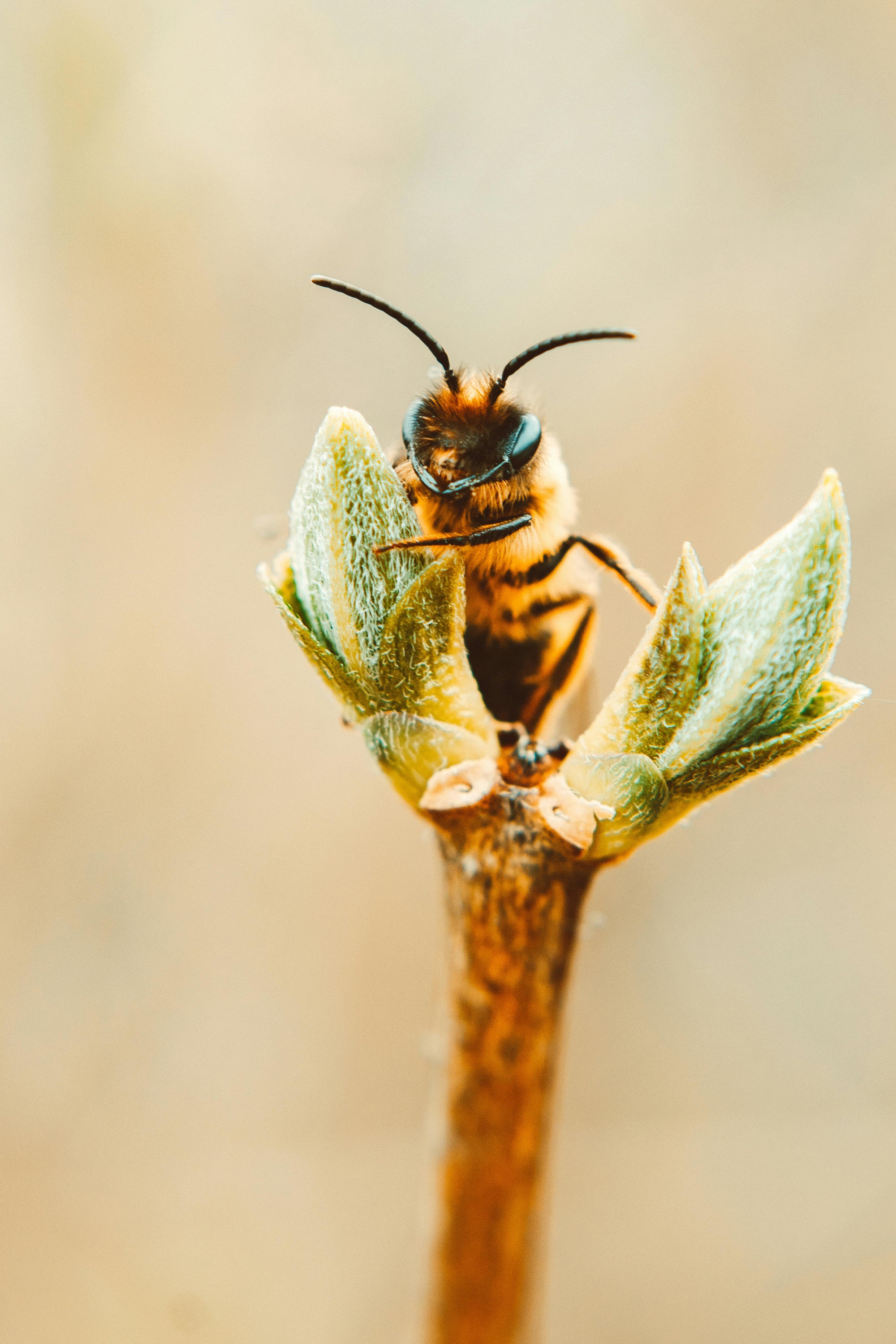

THE ANCIENT POWER OF BEE PROPOLIS
Long before modern medicine, nature had its own pharmacy — and bees were some of its best pharmacists.
Among their many gifts to the world is bee propolis, a sticky, golden substance with a rich history of healing. Often called “bee glue,” propolis is made by bees from tree resins, wax, and their own enzymes. While it may sound simple, this natural mixture has been used for thousands of years across cultures to fight infections, boost immunity, and support overall wellness.
A REMEDY ROOTED IN HISTORY
The use of propolis dates back to ancient Egypt, where it was used to preserve mummies thanks to its powerful antibacterial properties. Ancient Greeks and Romans turned to propolis to treat wounds, ulcers, and sore throats, calling it a natural protector against disease. Even in traditional Chinese medicine, propolis was treasured for its ability to clear heat, reduce inflammation, and support immunity.
Clearly, bee propolis was buzz-worthy long before wellness trends existed.
WHAT MAKES PROPOLIS SO POWERFUL
Propolis contains over 300 active compounds, including flavonoids, antioxidants, and essential oils. These work together to:
-
Support immune health
-
Soothe sore throats and irritated tissues
-
Combat bacteria, viruses, and fungi
-
Reduce inflammation
Modern studies have confirmed what ancient civilizations already knew: propolis is one of nature’s most effective protectors.
WHY WE USE IT AT LOLLIBEE
At LolliBee, we harness the age-old power of propolis in a way that’s kid-friendly, safe, and delicious. When little immune systems are under stress — whether it’s a cold, sore throat, or classroom bugs — propolis steps in to help the body bounce back, naturally.
When paired with Vitamin C and wrapped in a delicious lozenge lollipop, propolis turns into a remedy kids are excited to take — and parents can feel confident giving.
ANCIENT WISDOM, MODERN WELLNESS
Nature got it right a long time ago. At LolliBee, we're just making it easier (and sweeter) to pass that wisdom on to the next generation.

